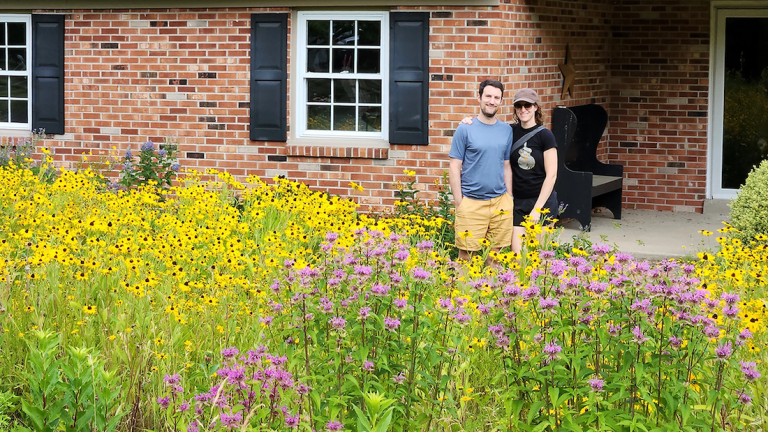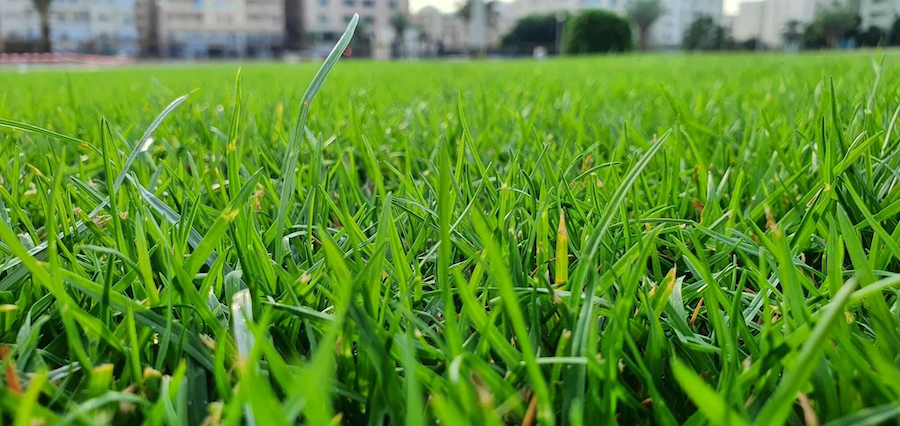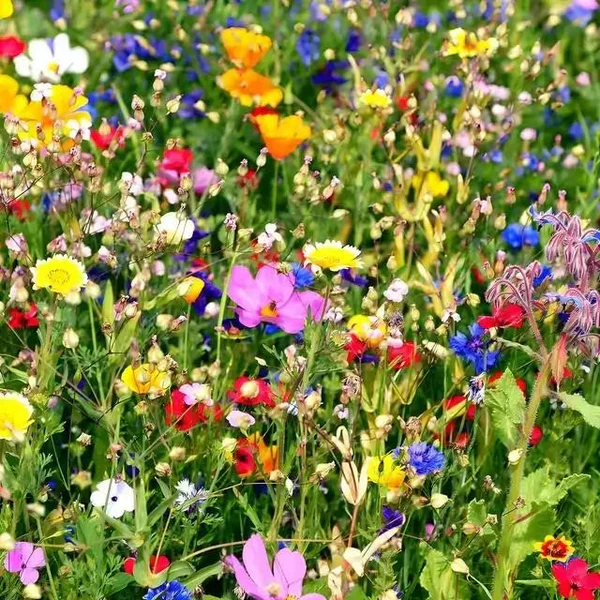
The Rise of Meadowscaping: Transforming Lawns Into Wildflower Havens
New York, N.Y. — Across neighborhoods once dominated by perfectly manicured lawns, a colorful revolution is taking root. Homeowners are embracing “meadowscaping”—replacing traditional grass with vibrant wildflowers and native plants—to support biodiversity, save water, and reduce maintenance. This growing movement isn’t just eco-friendly; it’s reshaping urban landscapes into thriving ecosystems.

Why Meadowscaping?
The classic green lawn has long been a status symbol, but its environmental cost is steep. Maintaining turf grass requires frequent mowing, chemical fertilizers, and excessive watering. In contrast, wildflower meadows attract pollinators like bees and butterflies, require minimal upkeep, and naturally resist pests.
“Lawns are ecological deserts,” says Dr. Emily Carter, a botanist. “Meadows, on the other hand, provide food and shelter for wildlife while sequestering carbon.”

How to Get Started
Transitioning from lawn to meadow doesn’t mean letting your yard go wild overnight. Experts recommend:
- Assess Your Space – Choose a sunny area and test soil quality.
- Select Native Plants – Opt for species adapted to your region.
- Phase Out Grass – Sheet mulching or solarization can help eliminate turf.
- Plant Strategically – Scatter seeds in autumn or early spring for best growth.
Success Stories
In suburban Vermont, Sarah and Mark Reynolds replaced their half-acre lawn with a mix of milkweed, coneflowers, and clover.
“Within a year, we had butterflies, birds, and even fireflies returning,” says Sarah. “Plus, we spend less time mowing and more time enjoying nature.”
Cities are taking note too. From London to Austin, municipal programs now incentivize meadowscaping to combat urban heat islands and boost pollinator populations.
Challenges and Solutions
Some worry about neighbors’ reactions or local ordinances favoring short grass. Advocates suggest starting small—converting just a portion of the yard—and educating communities on meadowscaping’s benefits.
The Future of Landscaping
As climate concerns grow, meadowscaping offers a practical, beautiful solution. “It’s not just gardening,” says Carter. “It’s stewardship.”\
#NoMow #WildflowerLawn #EcoFriendlyGardening
#Meadowscaping #SaveTheBees #SustainableLiving
#NativePlants #ClimateAction #GreenSpaces
Tags: meadowscaping, sustainable gardening, wildflowers, pollinators, biodiversity,
eco-friendly landscaping, urban greening, lawn alternatives, climate solutions
